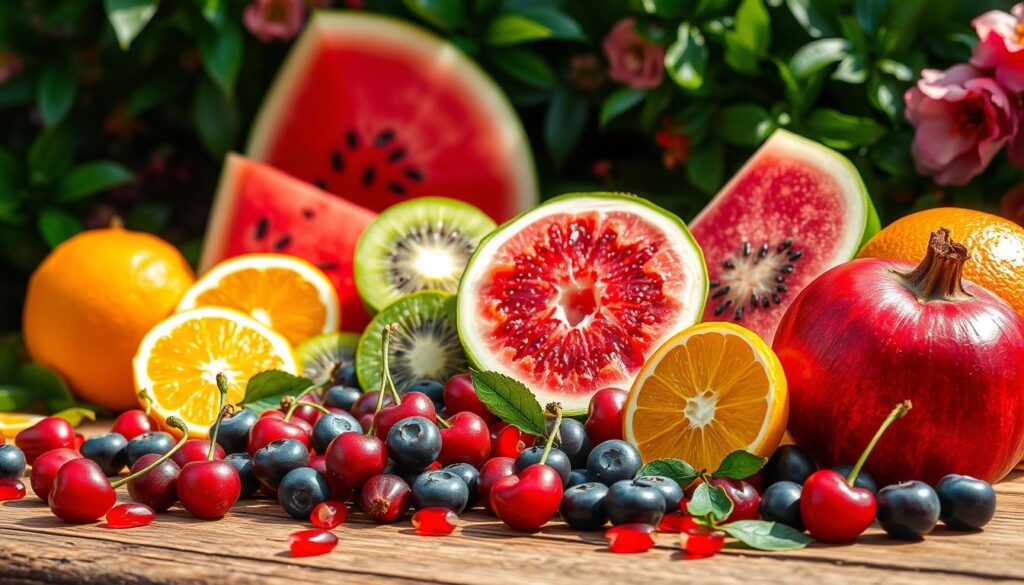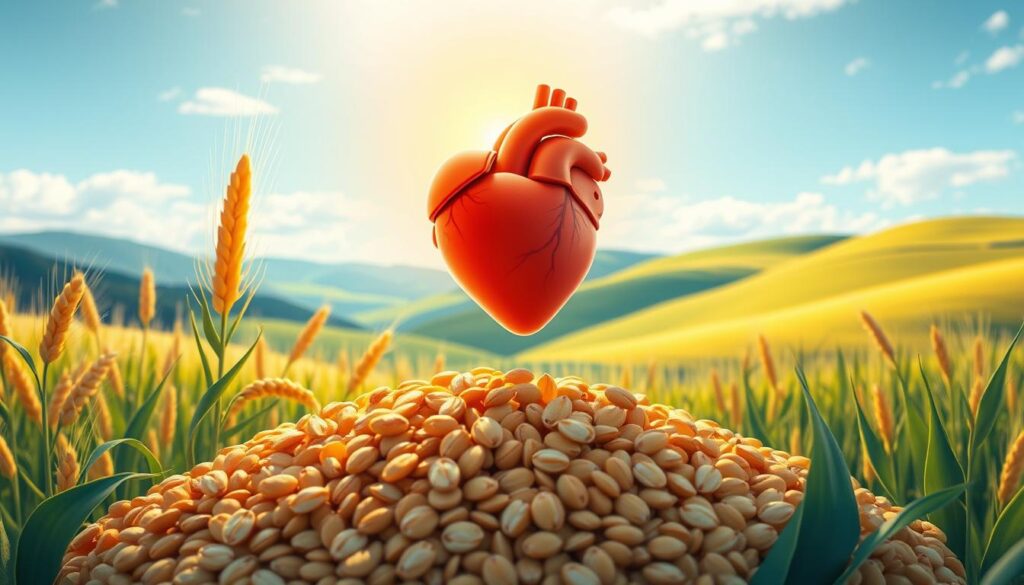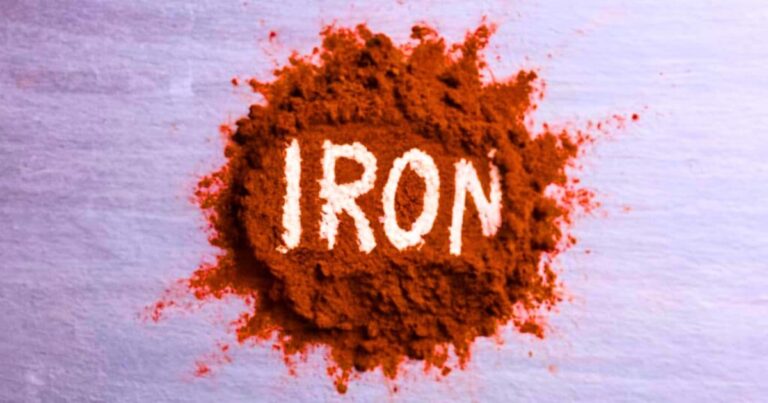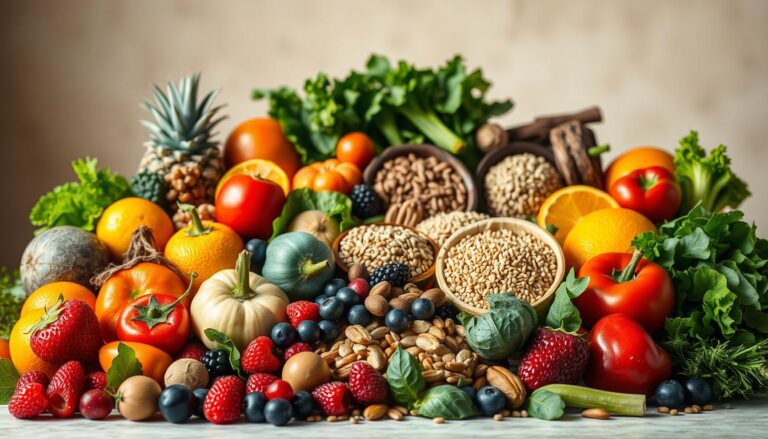What if the secret to preventing heart disease isn’t in your medicine cabinet but on your plate? With cardiovascular conditions affecting one in three American adults the choices we make at mealtimes matter more than ever.
Research shows that over 103 million people in the U.S. struggle with high blood pressure a major risk factor for heart attacks and strokes. Yet studies reveal that simple dietary shifts can significantly influence cholesterol levels, inflammation markers and blood vessel function.
This isn’t about strict meal plans or cutting out food groups. It’s about understanding how specific nutrients work with your body. For example potassium-rich foods help balance sodium intake while fiber acts like a natural scrub brush for arteries.
The real power lies in consistency. Small, sustainable changes to eating patterns create lasting impacts on cardiovascular wellness. Let’s explore how science backed food choices can become your strongest defense against heart-related risks.
Key Takeaways
- Cardiovascular conditions impact 33% of U.S. adults
- Diet directly affects four key heart disease risk factors
- Blood pressure management starts with nutrient balance
- Foods combat inflammation better than many realize
- Practical eating patterns outperform restrictive diets
Introduction to Heart Healthy Eating
Transforming your plate could slash your risk of chronic conditions linked to cardiovascular issues. Unlike short term fad diet plans sustainable nutrition focuses on colorful whole foods that naturally protect your heart while managing weight.

Balanced eating patterns do more than lower blood pressure they create a ripple effect across bodily systems. Research shows proper nutrition can reduce risk heart disease by 31% while cutting diabetes risk nearly in half. This happens because nutrient rich meals improve cholesterol profiles and metabolic function simultaneously.
Three principles define effective heart protective eating
- Prioritize fiber-packed grains and legumes
- Choose unsaturated fats over saturated varieties
- Limit added sugars to under 25g daily
These strategies work better than elimination diets because they’re adaptable to real-life needs. As one nutrition researcher notes: Foods that nourish multiple systems provide compounded health benefits you can’t get from supplements.
Building lasting health starts with small swaps like replacing processed snacks with roasted nuts. Over time these choices become habits that defend against heart disease while supporting overall vitality.
The Heart Benefits of Fruits Nature’s Medicine
Could your grocery basket hold the key to a stronger cardiovascular system? Research reveals that colorful plant foods contain compounds working at cellular levels to support vascular function and reduce disease markers.

Read more: Top Foods That Help Prevent Heart Disease
Powerhouse Nutritional Profiles
Berries like strawberries and blackberries deliver anthocyanins antioxidants that combat oxidative stress.
A 2020 analysis showed citrus varieties and apples rank highest for cardiovascular protection due to their unique flavonoid blends. These compounds improve blood vessel flexibility while reducing inflammation.
Blood Pressure Regulation Mechanisms
Daily blueberry consumption enhances endothelial function by 47% in clinical trials. This lining of blood vessels controls clotting and pressure through nitric oxide production. Potassium-rich options like bananas help balance sodium levels, further supporting healthy readings.
Practical tips maximize benefits:
- Choose frozen berries when fresh aren’t available they retain 90% of nutrients
- Pair citrus segments with nuts to slow sugar absorption
- Opt for whole apples over juice to preserve fiber content
Consistent intake matters more than perfection. Adding one antioxidant rich serving daily can lower cardiovascular risks by 12% over five years.
Exploring the Value of Veggies for Heart Health
Could the humble salad green be your most powerful ally against cardiovascular concerns?
Leafy varieties like spinach and kale pack a concentrated punch of protective compounds that work synergistically to support vascular function. Just one cup of cooked collard greens delivers 1,045% of your daily vitamin K needs a nutrient critical for preventing arterial calcification.

Read more: Nutrient Packed Foods to Eat
Key Vitamins and Minerals in Vegetables
Dark leafy greens stand out for their unique combination of bioactive nutrients. Dietary nitrates convert into nitric oxide a molecule that relaxes blood vessels and lowers blood pressure within hours of consumption. Research shows adults consuming 1-2 servings daily experience
| Vegetable | Key Nutrient | Cardiovascular Benefit |
|---|---|---|
| Spinach | Magnesium | Regulates heart rhythm |
| Kale | Vitamin K | Prevents artery hardening |
| Beet Greens | Dietary Nitrates | Boosts blood flow efficiency |
A 12 year American Heart Association study revealed striking results those prioritizing leafy greens had 15.8% lower cardiovascular event rates compared to low consumers. As noted in their report
Regular consumption of nitrate-rich vegetables demonstrates more significant blood pressure reduction than isolated supplements.
Maximize nutrient retention with smart preparation
- Steam instead of boiling to preserve water-soluble vitamins
- Pair with citrus dressing to enhance iron absorption
- Chop greens 10 minutes before cooking to activate protective enzymes
Consistency trumps quantity adding just half a cup of cooked greens to daily meals can yield measurable improvements in endothelial function over six weeks.
The Power of Whole Grains in Cardiovascular Health
What if your morning toast could be a shield against cardiovascular issues? Unlike refined counterparts stripped of nutrients whole grains retain three protective layers bran germ and endosperm. These components deliver 25% more fiber and essential minerals compared to processed versions.

Read more: The Power of Vitamin Supplements
Identifying True Whole Grains
Label literacy prevents deceptive marketing. Authentic products feature these indicators
- 100% whole wheat as first ingredient
- At least 3g fiber per serving
- Absence of enriched flour in ingredients
A 2023 Circulation journal study found people consuming two daily servings lowered coronary heart disease risk by 18%. Lead researchers noted
Whole grains synergistic nutrients outperform isolated supplements for vascular protection.
Replacing Refined Carbs with Nutrient-Dense Options
Strategic swaps enhance meals without sacrificing satisfaction:
| Refined Option | Whole Grain Swap | Benefit |
|---|---|---|
| White rice | Brown rice | +67% more magnesium |
| Regular pasta | Quinoa pasta | Complete protein source |
| Instant oatmeal | Steel-cut oats | Lower glycemic impact |
Gradual changes yield results replacing three weekly refined grain servings reduces heart disease risk by 11% within six months. Start with breakfast: choose rye toast over white bread to boost satiety and stabilize blood sugar.
Supercharged Snacks Berries Avocados and Almonds
Snacking smarter could be your cardiovascular system’s best upgrade this year. Three portable options deliver targeted nutrients that actively combat heart disease risk factors while satisfying cravings.
Benefits of Berries and Their Antioxidants
Bursting with anthocyanins, berries like raspberries and blackberries neutralize free radicals damaging blood vessels. Research shows daily consumption improves endothelial function by 34% in adults with elevated cholesterol. Frozen varieties offer year round access to these protective compounds.
Avocado and Almonds: Healthy Fats for the Heart
Rich in monounsaturated fats avocados slash LDL cholesterol while boosting HDL levels. A 2022 study found:
Two weekly avocado servings reduce coronary heart disease risk by 29% through improved lipid profiles.
Almonds complement this effect with phytosterols that block cholesterol absorption. Just one ounce daily
- Provides 3.5g fiber for blood sugar control
- Delivers 50% daily vitamin E needs
- Contains 6g plant protein for sustained energy
Pair these snacks strategically try almond-stuffed dates with avocado slices. This combination balances fats fiber and antioxidants for maximum cardiovascular health benefits.
Omega-3 Rich Options Fatty Fish and Plant Oils
Unlocking cardiovascular benefits might start at the seafood counter rather than the pharmacy aisle. Omega-3 fatty acids particularly EPA and DHA demonstrate unique abilities to combat inflammation and stabilize heart rhythms. Research shows these essential nutrients can lower heart disease risk by 35% when consumed regularly.
Fatty Fish as a Source of Omega-3s
Cold-water varieties like salmon and mackerel deliver concentrated doses of marine-derived omega-3s. A 3-ounce serving of wild-caught sockeye salmon provides 1,500 mg meeting 94% of weekly needs. Studies link two fish meals per week to:
- 28% reduction in arterial plaque formation
- 19% lower sudden cardiac death rates
- Improved triglyceride levels within 8 weeks
| Fish Type | Omega-3s per 3oz | Servings/Week |
|---|---|---|
| Mackerel | 2,100 mg | 1-2 |
| Sardines | 1,400 mg | 2-3 |
| Albacore Tuna | 900 mg | 1 |
Plant Oils: Avocado Oil and Olive Oil
For those avoiding seafood, plant based alternatives offer protective fats. Extra virgin olive oil contains oleocanthal a compound mimicking anti-inflammatory drugs. Avocado oil’s 520°F smoke point makes it ideal for high-heat cooking while preserving nutrients.
Practical integration strategies
- Drizzle olive oil over roasted vegetables
- Use avocado oil for sautéing or grilling
- Combine both in salad dressings
Regular consumption of these oils reduces LDL cholesterol by 11% while improving blood vessel elasticity. As Harvard researchers note: Replacing just 5% of saturated fats with plant oils cuts cardiovascular events by 23%.
Heart Smart Beans and Legumes Protein for Health
What if your pantry staples could outperform prescription drugs in cardiovascular protection? Research reveals humble legumes pack a triple punch against heart disease risks. A review of 21 studies shows daily bean consumption slashes cholesterol by 19% and lowers cardiovascular event likelihood by 11%.
Nutritional Powerhouses for Circulation
These plant-based protein sources work through multiple mechanisms. Soluble fiber binds to bile acids forcing the liver to use excess cholesterol for replacement. Magnesium relaxes blood vessels, while potassium counters sodium’s effects on blood pressure.
Practical integration makes benefits accessible:
- Rinse canned beans to reduce sodium by 41%
- Blend black beans into brownie batter for hidden fiber
- Swap half ground meat with lentils in recipes
Consuming four weekly servings demonstrates measurable impacts. Participants in long-term studies experienced 22% lower risk of coronary issues compared to occasional bean eaters. As one cardiologist notes: No single food group offers this combination of affordability and health impacts.





